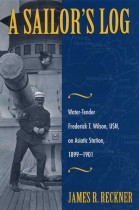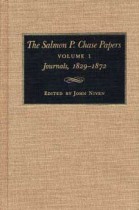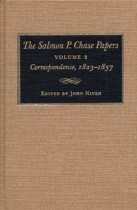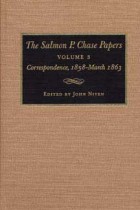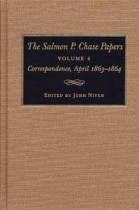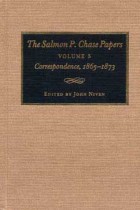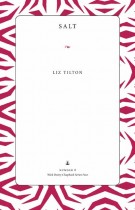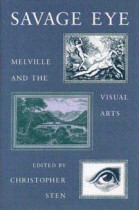The Sage of Tawawa
Annetta L Gomez-Jefferson | Filed under: Biography, Discover Black History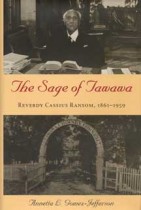
In The Sage of Tawawa, Annetta L. Gomez-Jefferson offers Ransom as a symbol of an era and a larger movement and recalls him to be a man of deep faith and conviction. Educated at Wilberforce University in Ohio (after losing his scholarship from Oberlin College for protesting the segregation of the campus dining halls), Reverdy Cassius Ransom worked with and for the African Methodist Episcopal Church. His duties saw him run for Congress, be elected bishop of the African Methodist Episcopal Church, serve as editor of the A.M.E. Church Review, and serve as church historiographer. In July 1941, Ransom received a letter from President Roosevelt appointing him to the Volunteer Participation Committee in the Office of Civilian Defense.

